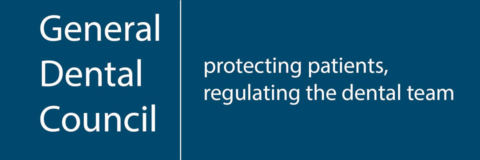At Dream Smile Dental Clinic, we provide expert surgical extractions, including the safe removal of wisdom teeth. Our highly skilled oral surgeon specializes in all types of surgical procedures, ensuring that even the most complex extractions are performed with precision and care.
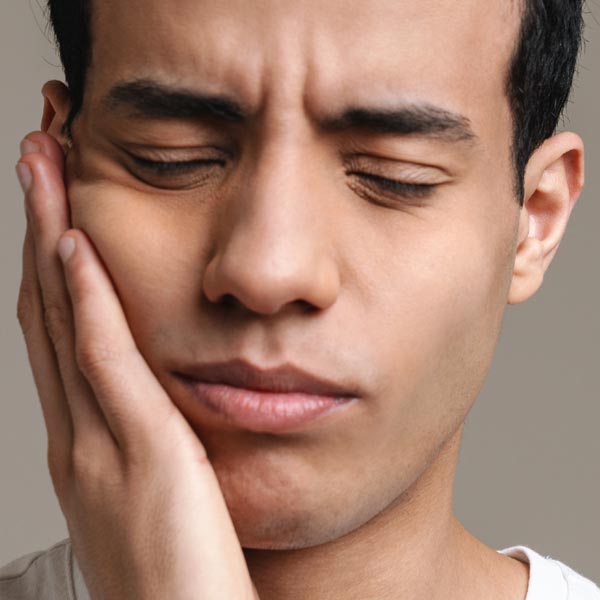
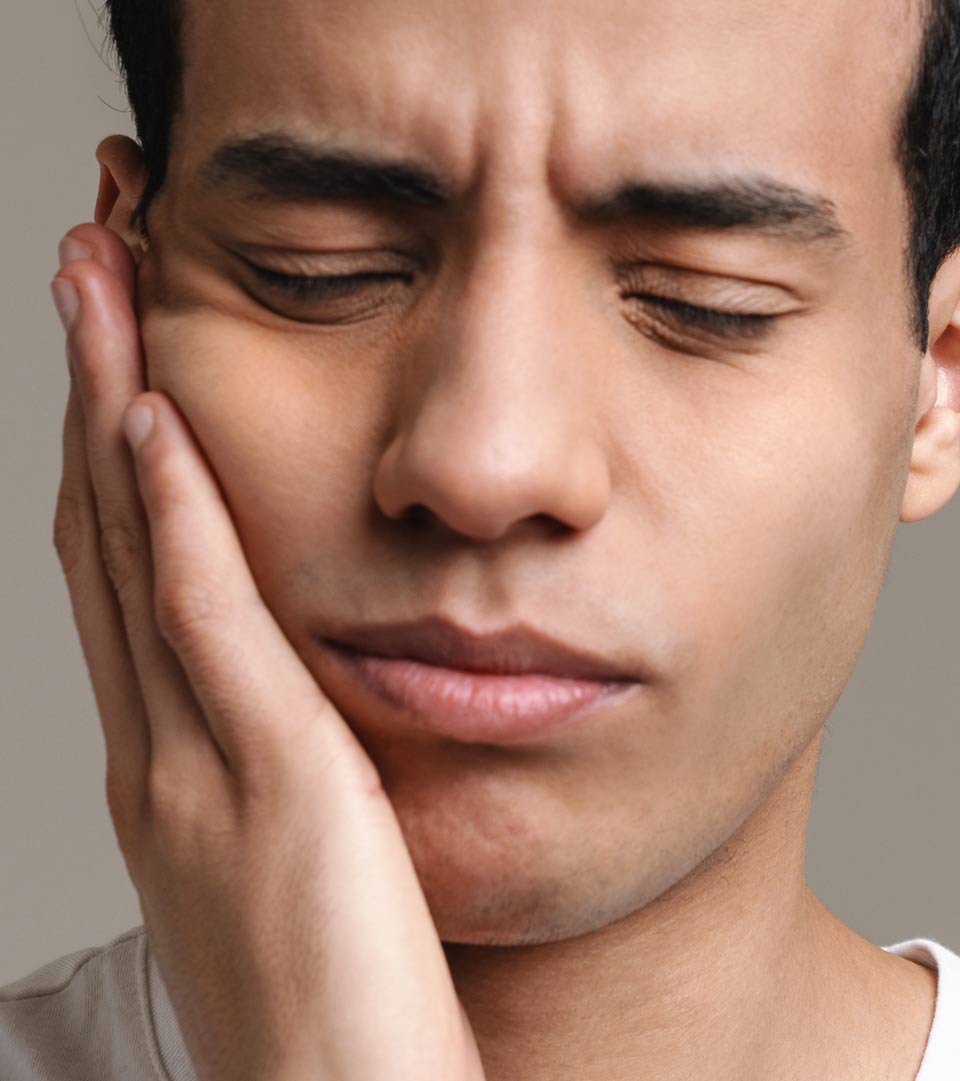
General Dentistry
Expert Surgical Extractions and Wisdom Teeth Removal


At A Glance
- Specialist care
- 3D-guided precision
- Comfort-focused approach
Specialist care
All surgical extractions are performed by a highly skilled oral surgeon.
3D-guided precision
CBCT imaging ensures safer, more accurate treatment with fewer risks.
Comfort-focused approach
Advanced techniques and sedation options reduce pain and recovery time.
Wisdom Teeth Extractions
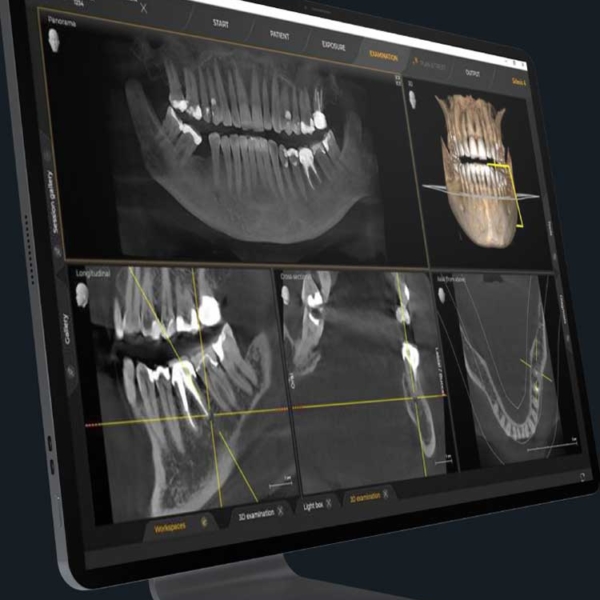
Surgical Extractions and Wisdom Teeth Removal

Benefits of Having an Oral Surgeon for Complex Surgical Extractions

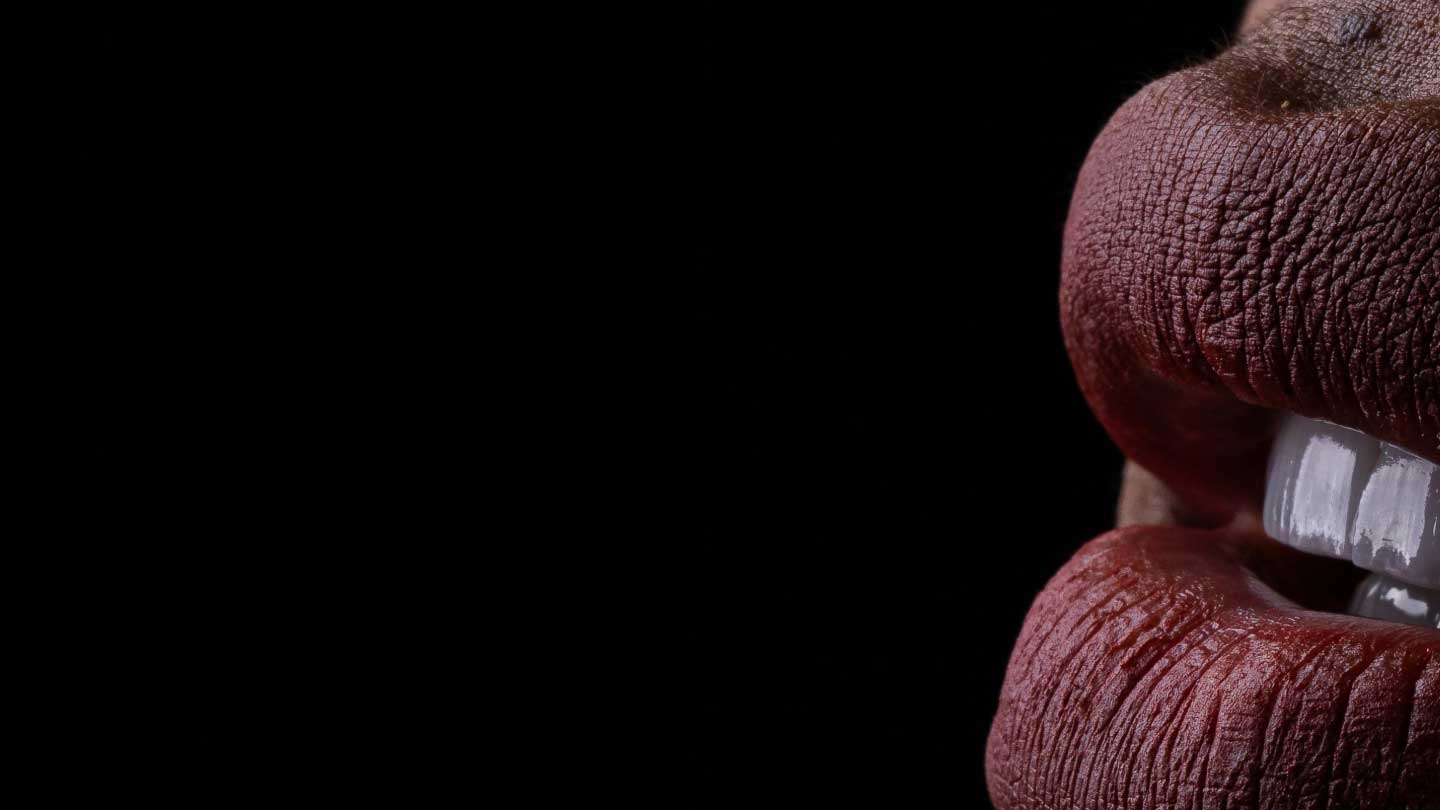
Wisdom Teeth Extractions
Frequently Asked Questions


Patient Testimonials
I saw Dr Mohsen over the course of 15 months for Invisalign and composite bonding. The treatment provided was nothing short of exceptional and I am thrilled with the end results. Dr Mohsen truly is skilled when it comes to correcting both cosmetic and functional (bite) issues with Invisalign, working to give you the absolute best result possible . It is clear from speaking with Dr Mohsen (even from the very first consultation) is a genuine care for patients and giving them honest advice on what would be the best solution for them as opposed to simply looking to make a sale as I have found was the case with other consultations I had. I was re assured throughout the treatment that everything was going to plan (including regular checkups with the dr himself every 4-6 weeks) and where amendments were needed / I had questions or concerns these were addressed and with the upmost attention. If you are looking for an experienced, caring and affordable Invisalign provider, I would thoroughly recommend the clinic and Dr Mohsen- you will not regret the decision.
Zehraan
Zehraan
Dear Dr Mohsen,
I am thrilled about the beauty of my bonding. It has completely changed my smile and boosted my confidence.
I cannot stop smiling.
Dr Mohsen is naturally gifted.
Thank you so much.
Kindest Regards,
I am thrilled about the beauty of my bonding. It has completely changed my smile and boosted my confidence.
I cannot stop smiling.
Dr Mohsen is naturally gifted.
Thank you so much.
Kindest Regards,
Excellent staff and care, highly recommend
I recently visited this clinic and had a great experience. Dr.Reza and Chandra were very nice and professional. The receptionists were very welcoming and kind.
If you’re looking for high quality care from a team that truly values their patients, I couldn’t recommend them enough!
If you’re looking for high quality care from a team that truly values their patients, I couldn’t recommend them enough!
Came to Dream Smile for my Invisalign and bonding. Couldn’t be happier with the result!
Mo and his team were amazing, such attention to detail and care throughout! I would highly recommend for anyone who wants to get Invisalign and bonding.
They are the gold standard and will give you exactly what they say, a Dream Smile, which lasts and is done by a very professional and experienced team who have proven and lasting results.
Thanks Mo and the team!
Mo and his team were amazing, such attention to detail and care throughout! I would highly recommend for anyone who wants to get Invisalign and bonding.
They are the gold standard and will give you exactly what they say, a Dream Smile, which lasts and is done by a very professional and experienced team who have proven and lasting results.
Thanks Mo and the team!
I had my Invisalign done at this practice. Dr Mohsen is an excellent orthodontist. The reception staff are welcoming and Cheryl is the best hygienist I have ever come across. Thorough and professional.
As a dentist myself, I know I can be quite particular when it comes to detail but Dr. Mohsen was kind enough to take me on for my smile makeover, and I couldn’t be happier with the result. He placed 8 veneers for me, and I’ve had so many compliments on how beautiful and natural they look.
What really stood out was how gentle and caring he was throughout the process! I didn’t even feel his injections! He genuinely took the time to make sure I was comfortable and looked after at every stage. It’s rare to find someone with such a great mix of technical skill and emotional intelligence in dentistry.
Thank you, Dr. Mohsen, for giving me a smile I’m proud of!
What really stood out was how gentle and caring he was throughout the process! I didn’t even feel his injections! He genuinely took the time to make sure I was comfortable and looked after at every stage. It’s rare to find someone with such a great mix of technical skill and emotional intelligence in dentistry.
Thank you, Dr. Mohsen, for giving me a smile I’m proud of!
I’ve been a patient at Dream Smile since 2014 and couldn’t be happier. As someone who dreaded going to the dentist due previous traumatic experiences, I can confidentially say that Dr Mohsen and the team look after their patients with exceptional care.
Thank you looking after my teeth with such care for over 10years, I couldn’t be happier and would recommend you over and over again!
Treatments: Invisalign, gum contour, root canal, filling replacements
Thank you looking after my teeth with such care for over 10years, I couldn’t be happier and would recommend you over and over again!
Treatments: Invisalign, gum contour, root canal, filling replacements
I recently finished Invisalign from Dr Mohsen Tehranian and it was perfect finish. I couldn't ask for a better dentist who helps you undergo the whole long process with ease.
the full procedure was fully explained throughout the treatment. He was always there if i had any question
Thanks Dr Tehranian!
the full procedure was fully explained throughout the treatment. He was always there if i had any question
Thanks Dr Tehranian!

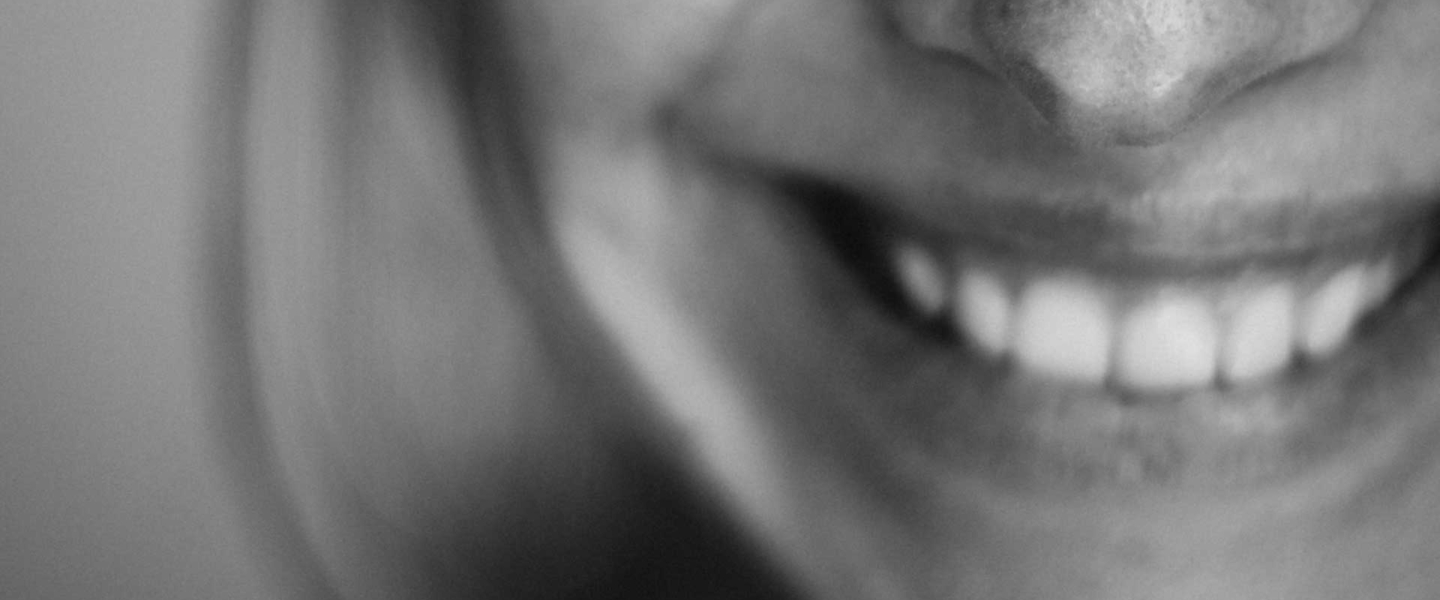
Related Treatments







